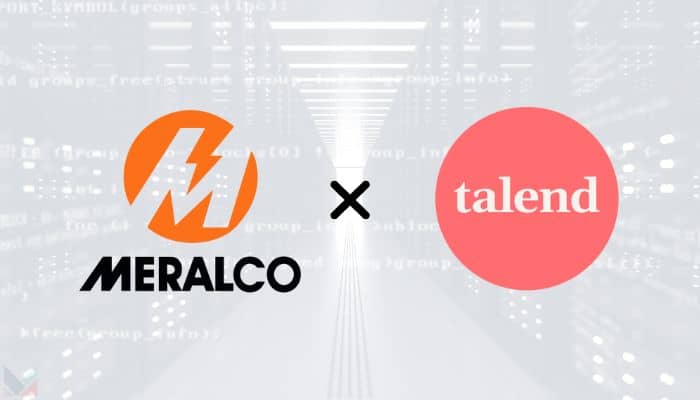I’ve long advocated that businesses need to take data protection seriously and any business that hasn’t already gotten its first-party data act together needs to prioritise that in 2023. Whether it’s Google getting rid of cookies, Apple making mobile ad tracking harder or governments introducing more legislation, things are only trending in one direction with data privacy.
California Privacy Rights Act (CPRA), is going into full effect on 1 January 2023 set to clamp down on B2B data. Meanwhile The Australian Federal Government has recently announced harsher penalties for data breaches, including fines amounting to a whopping $AUD 50 million.
Empowering your business as data privacy tightens
When it comes to the impending deprecation of third-party cookies, ID resolution emerges as a valuable resource. By building a hearty, privacy-compliant, first-party data set, ID resolution provides a buffer against increasingly strict privacy policies that limit the use of third-party data. And even more, it helps improve marketing performance and ROI too with smart segmentation, which helps brands cut down on redundancies.
Data clean rooms (DCRs) can also supply advertisers with access to information they otherwise wouldn’t have. And, especially with the impending demise of third-party cookies, every piece of information is gold.
As privacy rules become stricter, DCRs will skyrocket in popularity. In fact, recent predictions indicate that by 2023, 80% of advertisers with media buying budgets over $1 billion will use DCRs.
However, a DCR is only an extension of a first-party data strategy. Connecting a CDP to a DCR allows first-party data to be anonymised and analysed alongside third-party sources. A CDP can also receive data from the DCR in the form of segments or targeted audiences it can then share with connected marketing platforms for activation.
Think of it this way: You can use Venmo or PayPal without a checking account attached to it, but it’s a much better experience (with better outcomes) if they are connected. Together, a DCR and a CDP allow organisations to manage, process and analyse their data in a way that’s efficient, safe and compliant.
Unlocking the value of customer data to drive business growth
Marketing budgets are under increased pressure. Businesses are continuing to focus on retaining their existing customers rather than spending big to acquire new ones. In relation to e-commerce, it’s not so much that consumers have stopped spending altogether – they are just buying different things. For instance, they’re now picking up a $30 lipstick every month rather than a $60 facial cream.
With supply chains being what they are, it’s crucial to pick up shifts in consumer preferences ASAP. Comprehensive, readily accessible, first-party data also makes it easier for businesses to understand what their customers want when they are feeling unsettled and financially stressed.
This means it’s more crucial than ever to remember customer metrics drive business metrics. Businesses will be more reliant than ever on a first-party data strategy next year to hold on to customers and remain one step ahead of their ever-evolving purchasing habits.
It’s also important to remember customer data isn’t just for marketers. After building a unified customer database, that data is then available to advertisers, marketers, analysts, IT operations teams and product developers. This is precisely what it means to be customer-centric — using your customer data to inform all aspects of the business, not a single channel or department. When everyone shares the same understanding of customers, the business is equipped to provide the best experiences and the most impactful strategies for long-term growth.
Making the most of ‘messy’ data to make 2023 a success
While centralised data storage systems like warehouses and lakes are great ways to keep all the data together, especially at the scale most enterprises deal with (we’re talking hundreds of billions of data points), they don’t organise and cleanse large volumes of ‘messy’ data so that you can make the most out of it.
It’s far from a ‘one and done’ solution. That’s where a CDP comes in. It powers up your data warehouse or data lake by:
- Cleaning customer data for superior ID resolution, providing teams answers to key questions about customer behaviour
- Providing built-in attributes that neatly lay out all the information needed to gain a picture of each customer, so you can perform advanced segmentation to find and reach the right audiences for a given campaign
- Managing workflows to activate use cases and bring the data to life
- Speeding up time to insights by providing access for non-technical teams
- Feeding data seamlessly into a range of different tools
2023 is the year for brands and organisations to embrace a ‘better together’ mentality when it comes to their data needs.

This article is written by Billy Loizou, area vice president of Amperity.
The insight is published as part of MARKETECH APAC’s thought leadership series under What’s NEXT 2023. What’s NEXT 2023 is a multi-platform industry initiative which features marketing and industry leaders in APAC sharing their marketing insights and predictions for the upcoming year.
If you are a marketing leader and have insights that you’d like to share on upcoming trends and practices in marketing, please reach out to [email protected] for an opportunity to be part of the series.














